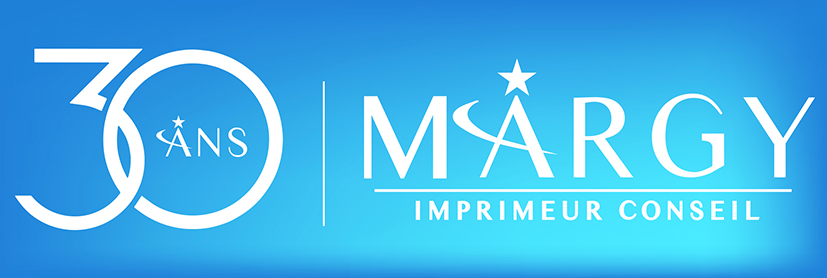Dye sublimation printing is a digital technique that has overtaken older methods. It is particularly economical and practical. This process offers a great deal of latitude, allowing you to personalise the different prints you make. All the while benefiting from the flexibility of the machines.
The textile, glass, porcelain and other industries are no exception to the rule. Screen printing has recently given way to this digital solution, particularly in terms of product customisation. What are the new standards?
What is sublimation printing?
Before getting to the heart of the matter, let’s try and define whatsublimation printing is. Sublimation printing is a transfer printing process using special inks. These inks are sensitive to heat and transform into a gas under the effect of heat. The ink is then combined with a polyester substrate and becomes part of the target material. This ensures that the printed images do not peel off, let alone crack, over time.
Most printers have these dedicated image transfer machines. In fact, it has become virtually essential for printers to have them, given the growing demand. This ranges from corporate communications to the personal needs of customers. Or as part of the marketing of a new product.
Standards constantly being raised
In the field of graphic design, the constant aim is to achieve better results. Sublimation printing is no exception to this rule. This is particularly true when it comes to inks. This is the case with Sublisplash® sublimation inks, which offer a number of innovations affecting print rendition. These improvements include better ink stability, stronger intensity, and an improved quality/price ratio. The one that interests us here is the intensity of the colours, in particular the black tint. Sublisplash ink offers high contrast, resulting in a more dynamic image. This is made possible by a new, much deeper black tint. This intensity produces impressive visual results. A real boon for printing on textiles, mugs or glass as part of corporate communications.
Personalised glass: a new application for sublimation printing
Talking of printing on glass, this too is benefiting from new sublimation printing techniques. Customisable glass is booming, and a number of companies have decided to jump on the bandwagon. Manufacturers have identified the challenges.
The applications are numerous. From interior glass doors to shower walls. TheImpala from SwissQprint offers impeccable printing speed and quality. In addition to glass, the Impala offers a wide variety of substrates. It can be used to reproduce an image on an entrance door or kitchen splashback.
In conclusion
Clearly, successful printing requires a high-quality printer and dedicated inks. As the customisation of objects becomes increasingly popular, there is no doubt that sublimation printing will set new and ever more innovative standards.
 01 44 52 02 02
01 44 52 02 02
